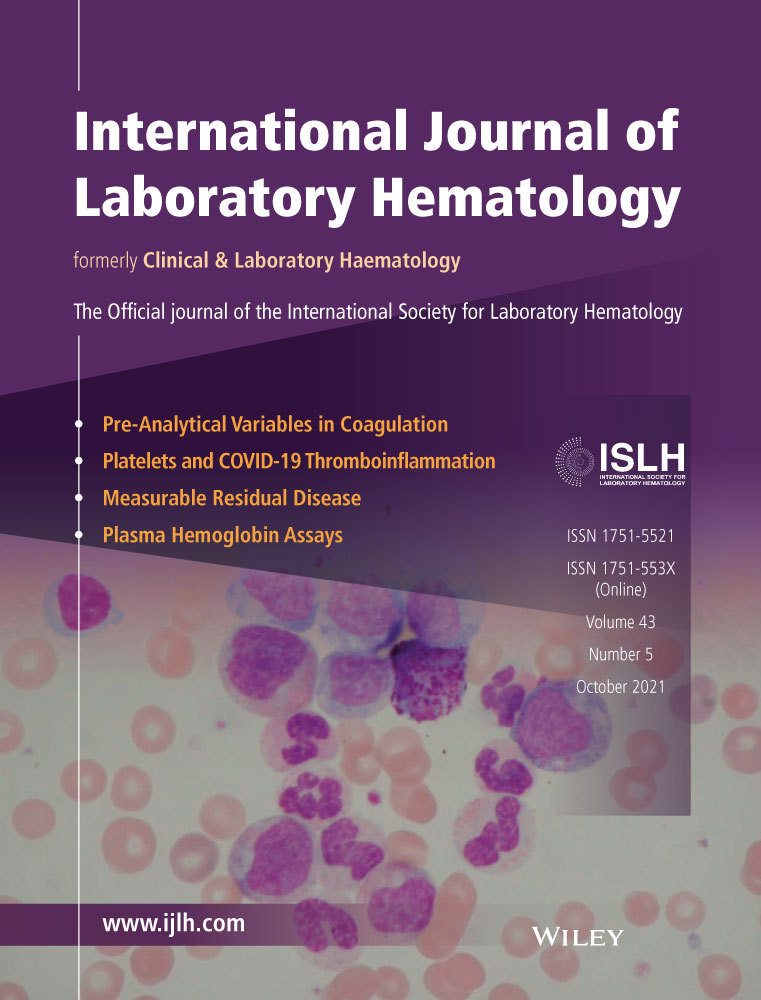The lncRNA SLCO4A1-AS1/miR-876-3p/RBBP6 axis regulates cell proliferation and apoptosis in acute lymphocytic leukemia via the JNK signaling pathway
Mao and Gao contributed equally to this study.
Funding information
This work was supported by the Foundation of the Health Commission of Lianyungang (No. 201907).
Abstract
Introduction
Acute lymphocytic leukemia (ALL) is a hematologic malignancy caused by the clonal proliferation of immature lymphocytes. Long noncoding RNAs (lncRNAs) have been reported as critical regulators in several cancers, including ALL. LncRNA SLCO4A1 antisense RNA 1 (SLCO4A1-AS1) has been revealed to be implicated in tumorigenesis of several cancers. Our study focused on the role of SLCO4A1-AS1 in ALL.
Methods
RT-qPCR, Western blot analysis, CCK-8, EdU, and Flow cytometry analysis were used to explore the biological function of SLCO4A1-AS1 in ALL cellular processes. Luciferase reporter and RNA pull-down assays were applied to explore the mechanism of SLCO4A1-AS1 in ALL cells.
Results
SLCO4A1-AS1 was upregulated in ALL tissues and cell lines. We found that suppression of SLCO4A1-AS1 suppressed ALL cell proliferation and facilitated cell apoptosis. Our result confirmed that SLCO4A1-AS1 acted as a ceRNA by sponging microRNA 876-3p (miR-876-3p) to upregulate retinoblastoma binding protein 6 (RBBP6) expression in ALL cells. Moreover, SLCO4A1-AS1 activated the JNK signaling pathway by upregulating RBBP6. Rescue assays revealed that the activation of the JNK signaling or overexpression of RBBP6 revered the suppressive effect of SLCO4A1-AS1 knockdown on growth of ALL cells.
Conclusion
SLCO4A1-AS1 promoted cell growth of ALL by the miR-876-3p/RBBP6 axis to activate the JNK signaling pathway.
CONFLICT OF INTEREST
The authors declare that there is no conflict of interest regarding the publication of this paper.
Open Research
DATA AVAILABILITY STATEMENT
The datasets used or analyzed during the current study are available from the corresponding author on reasonable request.




